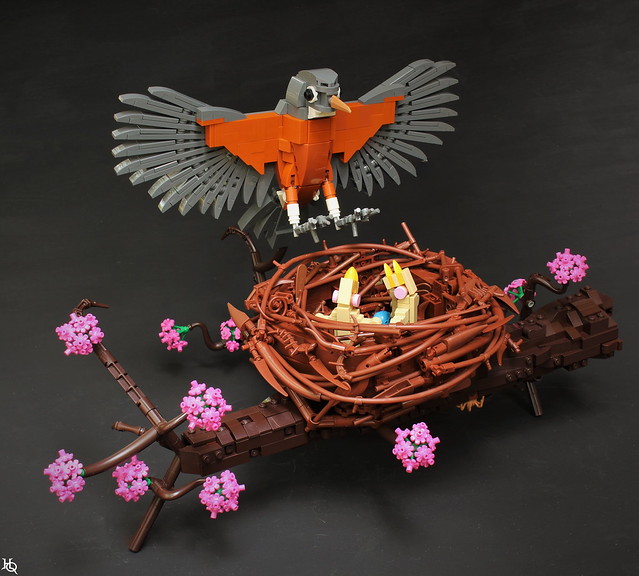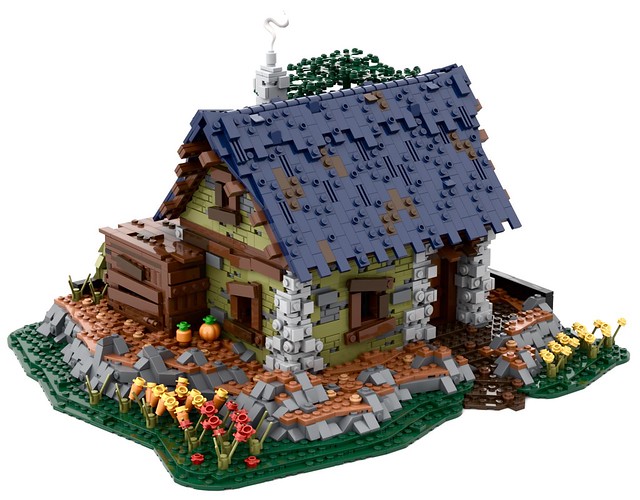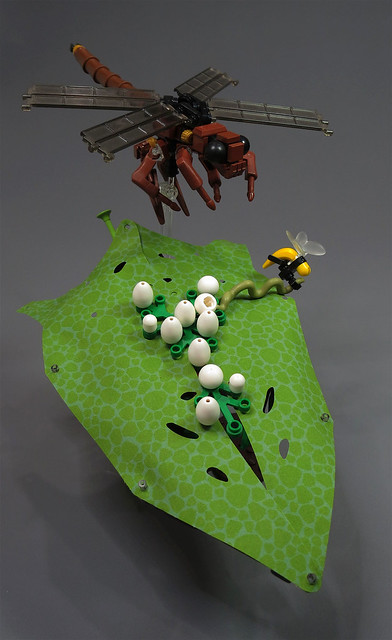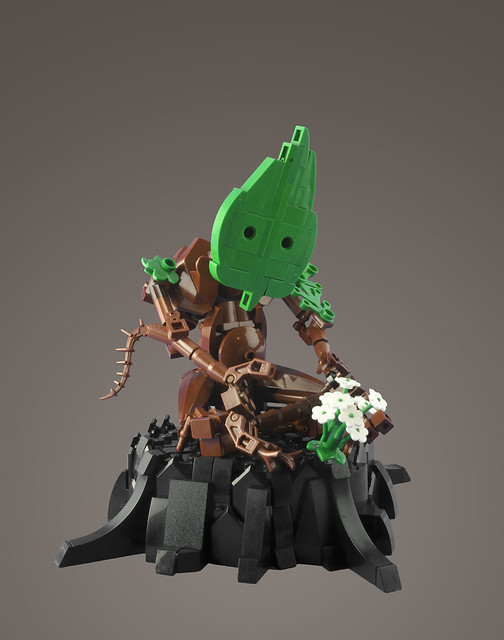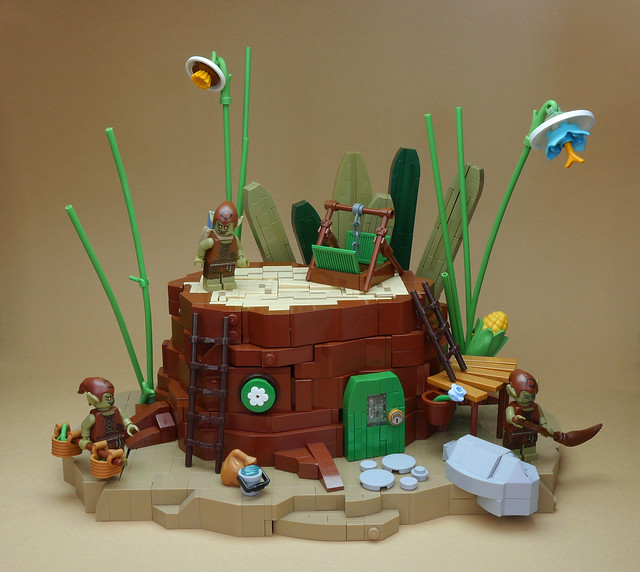Contests bring out a different side in builders. I cut my teeth in the LEGO world making fantasy-based castles and the like over in the Guilds of Historica on Eurobricks, but for contests I have been building out of my comfort zone. First there was some Star Wars builds last May, then more recently a Neo-Classic spaceship, a pirate ship, a butterfly, and a bird. They’re quite different from what I got used to building, and they required different approaches. Most recently, I (Benjamin Stenlund) built an American Mustang, and no, I’m not talking about the muscle car, but about the horse that roams some parts of the Western USA. Though maybe I’ll build some cars soon, too, just for kicks.
Building him (and he is a male, if you look closely, a stud stallion) required patience in shaping like grey castle walls don’t. A plate or two of difference in the legs, the angle of the head, the girth of the chest, all these things required fine tuning and frequent adjustments. I built the head first, because if you start with the body, scaling the head to it becomes a nightmare (or is it a night stallion?), but even so I had to redesign the body multiple times. And pulling apart reddish brown pieces is a harrowing experience, never knowing when one could snap. And then supporting the weight of the whole horse with the tail required some Technic structure; I admit I fudged it a bit, and things did not quite line up, but it’s a custom creation and not an official set, so who cares? It was built for the studless category of the Style it Up contest (hence I made a stud) but I threw in some gratuitous minifigure-leg cacti to enter it into the Iron Forge, too. Now hopefully I can go back to building castles for a while…

